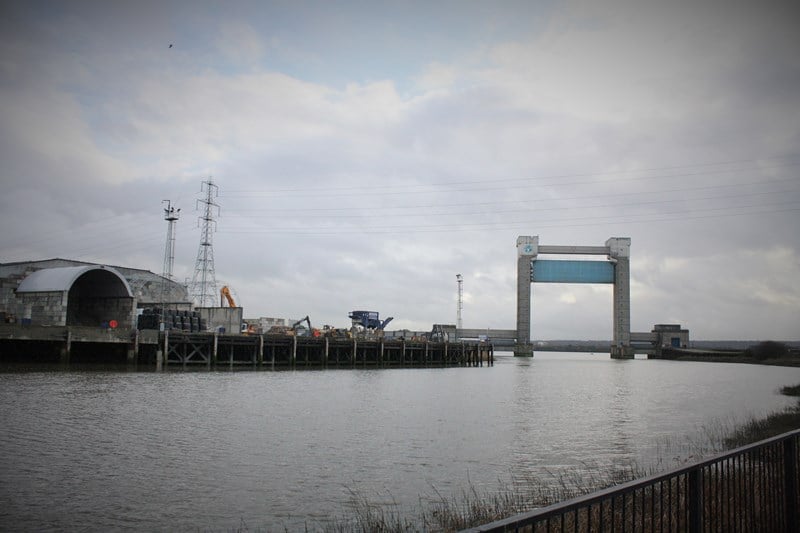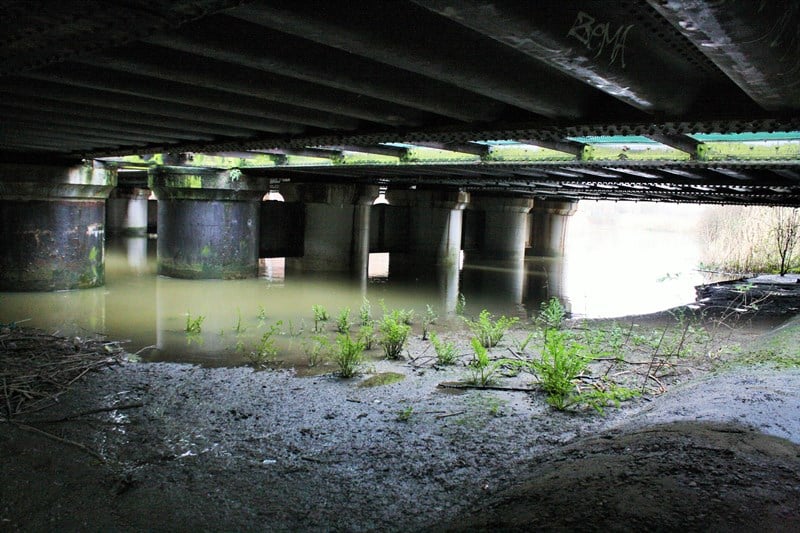The Library: The Moor, by William Atkins
/Review: Paul Scraton
What do we read when we look at a landscape? What do we see, and perhaps as importantly, what do we feel? I have lived in Berlin for a decade and half, a move eastwards from my childhood home in West Lancashire first to Leeds and then to the German capital. Until I left England the landscapes of my imagination were always raised ones – the sea cliffs of Anglesey or the mountains of Snowdonia – and in Germany I had to learn to love the different and distinct attractions of the flatlands, the forests and lakes of Brandenburg or the big skies and low dunes of the Baltic.
Alongside the mountains and cliffs of North Wales, the other landscape of my imagination and the one that I would think of when I thought of “home”, was the moors. Living in Leeds for four years and returning ever since to visit family and friends, moorland spotted through a car window on the drive from Liverpool or Manchester airport gives me that first feeling of a sense of return… to land at Leeds Bradford is to play “spot the rocks”, searching through that tiny cabin window for a glimpse of the Cow & Calf above Ilkley and the brooding expanse of moors squatting above the towns and villages of Wharfedale below.
So it was not surprising that, standing in an English-language bookshop in Berlin, I was drawn to William Atkins’ The Moor and its cover image of boggy ground and tough grass. Subtitled A journey into the English wilderness I reached for the book as a salve to a bout of homesickness that comes every so often. What I found when I opened the pages was a captivating journey from south to north, from Bodmin Moor to the White Lands of the Otterburn Training Area, and a book that combines travelogue, history, ecology, literature, folklore and reportage in the way of the very best writing on place.
There is much that is thought-provoking about Atkins’ book, not least the fact this very “English wilderness” has been, for thousands of years, shaped by humans. From the Mesolithic tribes to the Romans, humans cleared and burned the uplands that would grow ever more hostile as global temperatures cooled. And so the people moved ever lower, felling more trees and clearing more land as they did so, the moors following them ever deeper into the valley.
It was man, then – man, with the climate, but not ‘nature’ alone – that made the moors. And it was man who continued to shape them: sheep grazing under the abbeys discouraged the resurgence of all but the least palatable vegetation: mat-grass, purple moor-grass, cotton-grass.
In recent centuries the moorland streams were dammed to create reservoirs to provide water for the ever-expanding cities of the industrial age, and heather was encouraged for the raising of grouse to be shot by guns of the great and the good. Indeed, it is only in exploring a restricted zone that had been declared around a military base over halfway through his journey that Atkins finds an expanse of moorland that has not been burned, grazed or afforested.
If man was to be eradicated, here was what would happen.
The other big question that The Moor inspires the reader to ask is that of land ownership and the impact of this human influence, not just on the moorland itself but for the communities below. I read The Moor as much of northern England was under water, as those “hundred-year floods” returned for the second or third time in recent memory, and the book explains exactly how burning and land management above, in order that a few rich folks can shoot a Land Rover’s boot-full of birds, can have catastrophic impacts on the people living below.
These are just a couple of aspects of what makes The Moor such a fascinating read. There is also plenty of literature, for one of the great gifts of the English moorland has been its inspiration for writers and poets. Atkins is no different, and as he describes the wildlife or the people he encounters, tells the stories and legends of the moors, or reflects on the politics of land and its uses, he does so with lyrical writing that certainly does justice to the melancholy and mysterious nature of these places that are, to my mind at least, both forbidding and appealing all at the same time.











